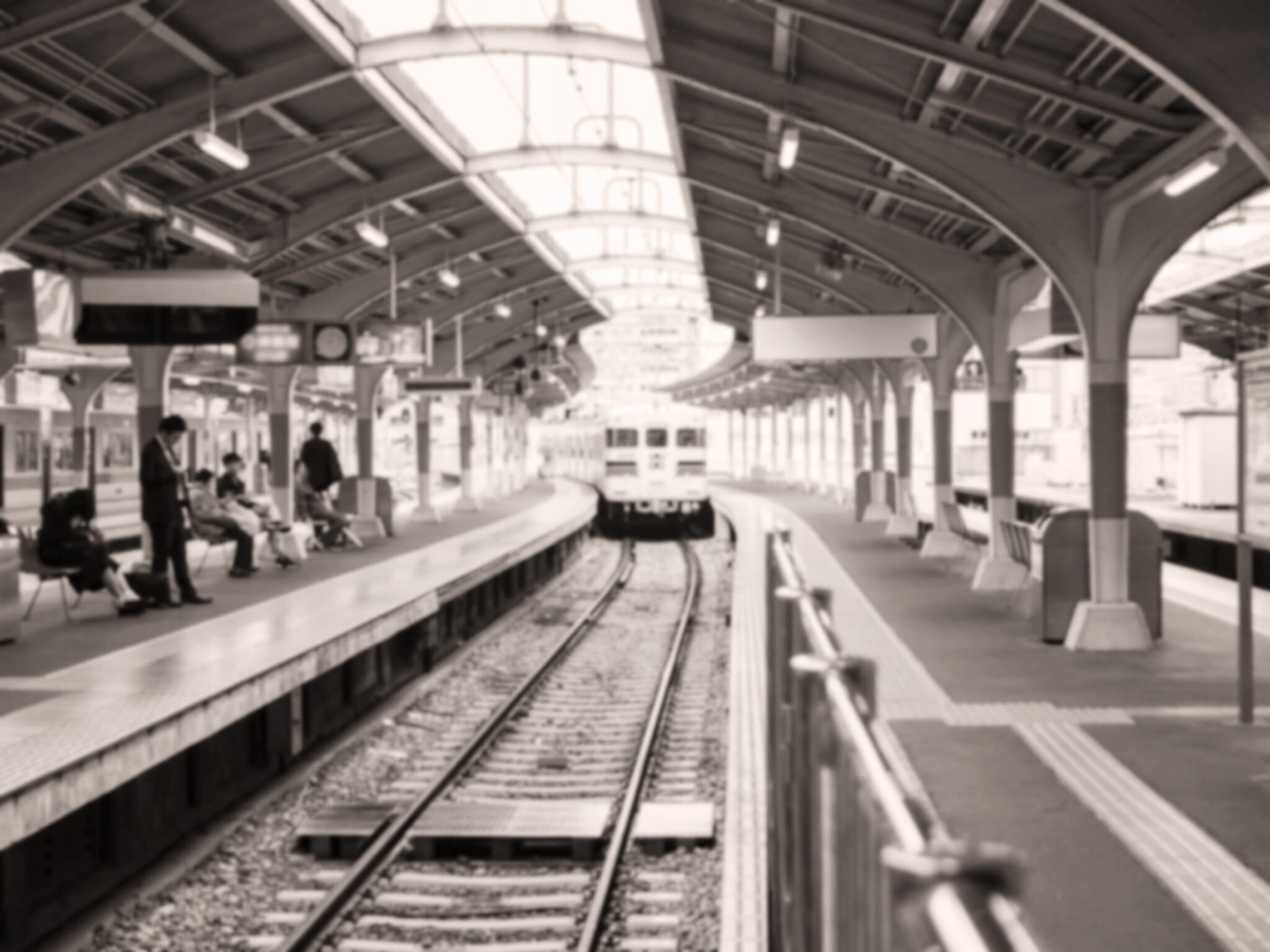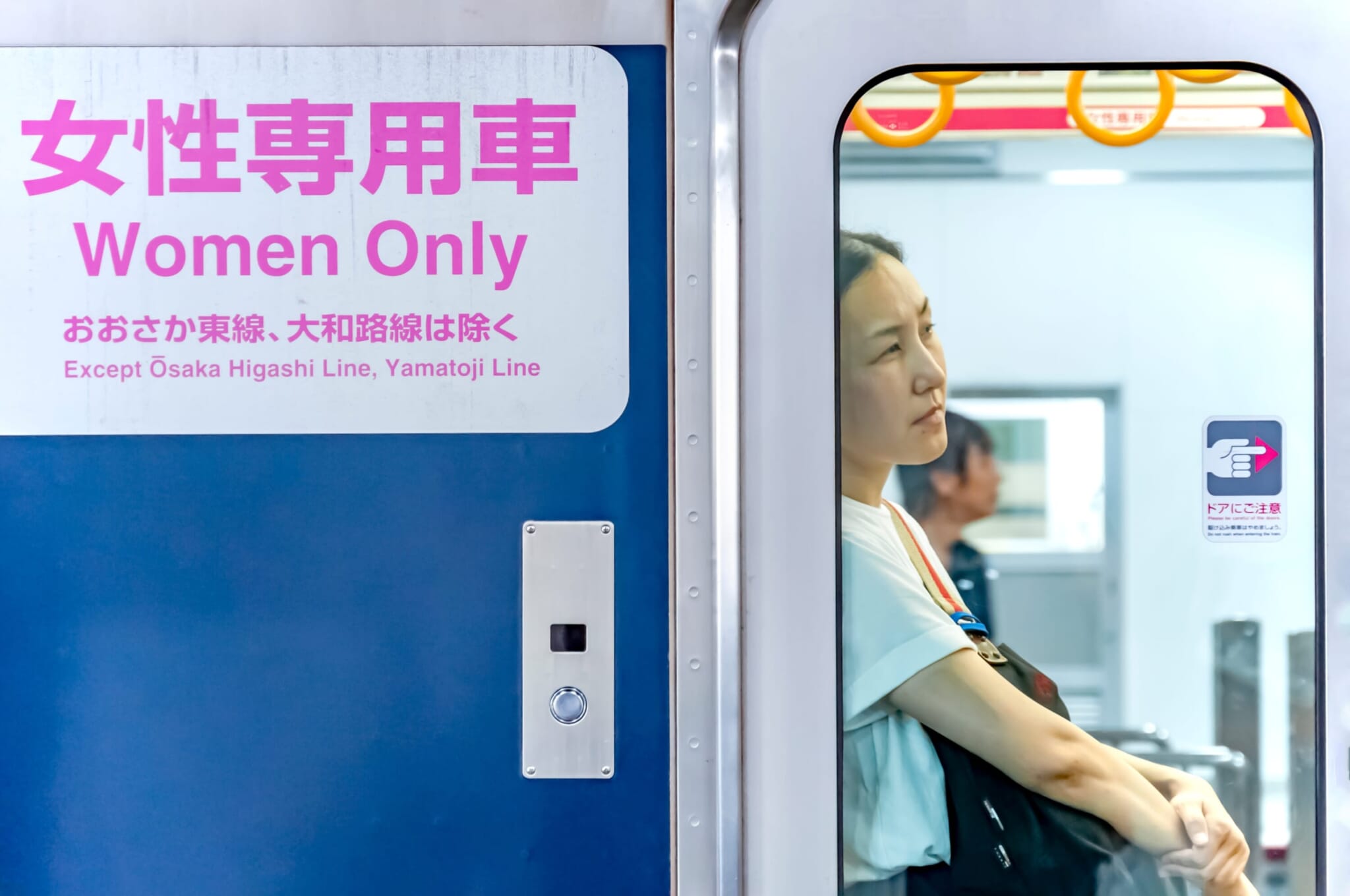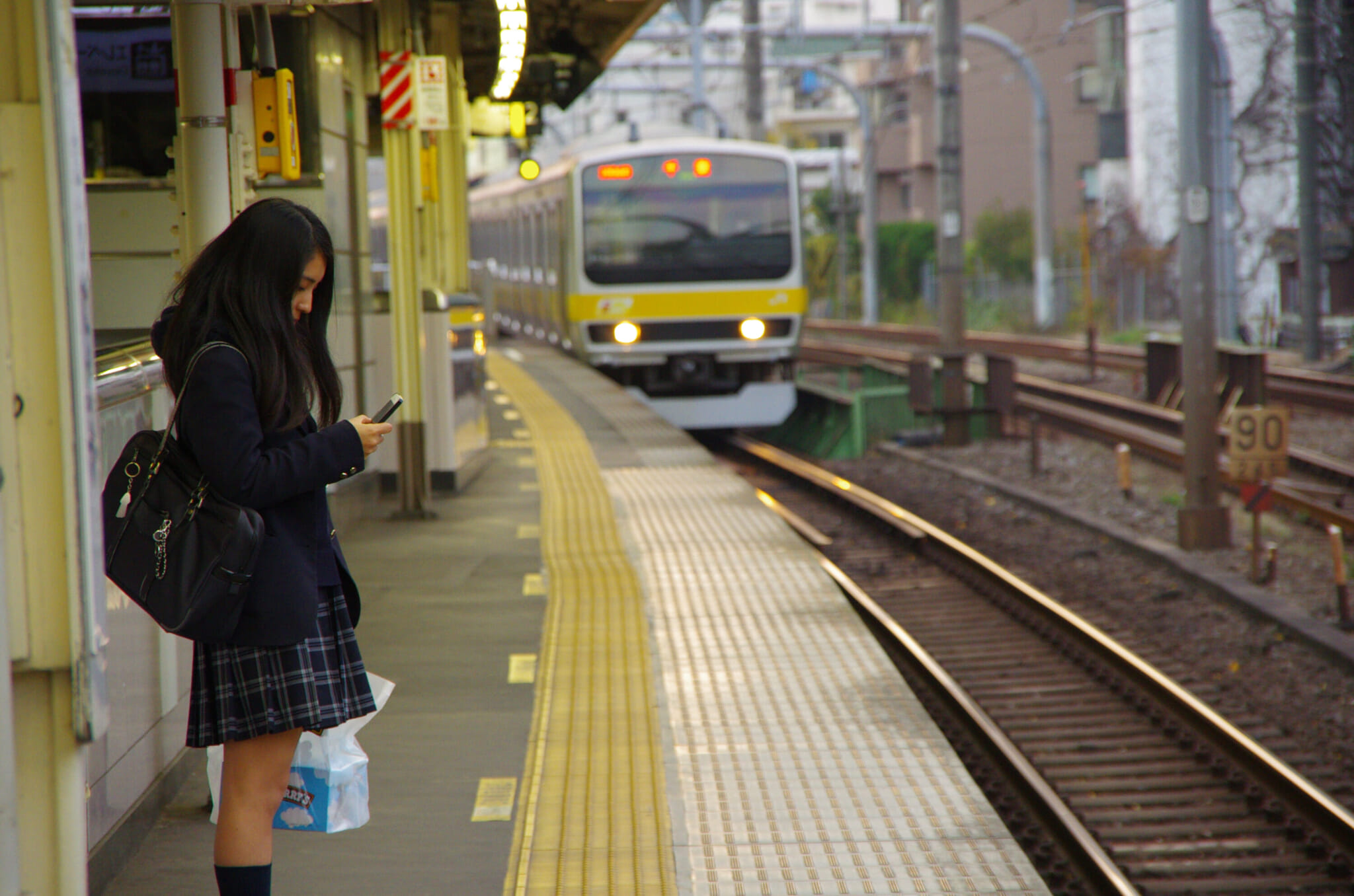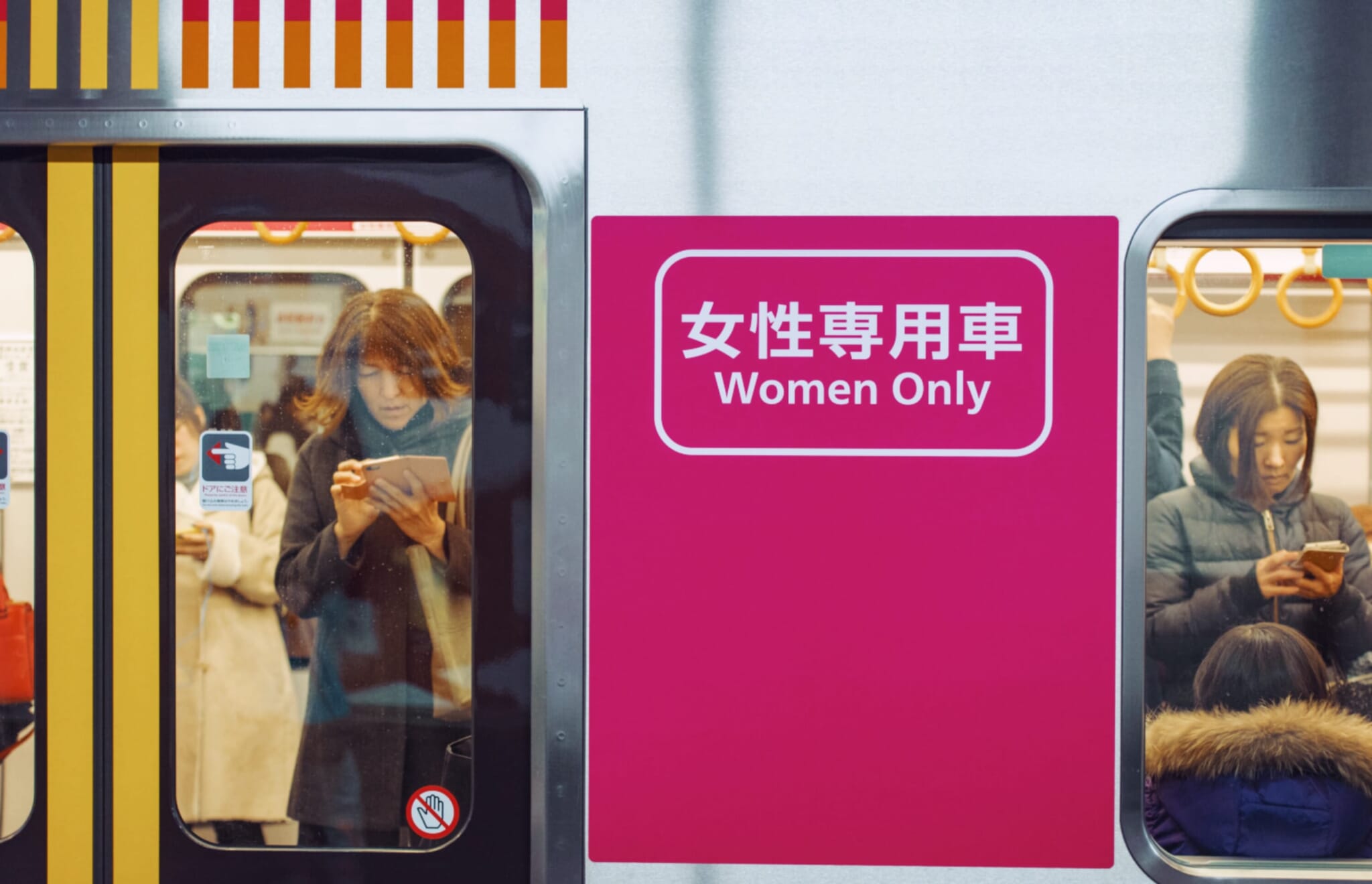Few things are funnier than the panicked look of a salaryman accidentally running into a women-only car on the Japanese metro during rush hour. A hush falls over the train car as realization dawns on the unfortunate man. Pairs of female eyes stare at him — some pitying, some judging. At the next stop, he will undoubtedly run out of the car quicker than someone who’s about to miss the last train.
Recently, though, an incident of a man entering a women-only train car was not so funny. Australian travel vlogger, Turan William Salis, went viral after posting a video of himself entering a women-only carriage. He referred to the train as “segregated,” setting the internet ablaze with discourse on Japan’s women-only train cars. Angry Japanese viewers clapped back, saying the system existed not to segregate but to protect women from assault.
These cars are designed to make women feel comfortable, away from the threat of sexual harassment or the possibility of being groped by a chikan during peak hours. Moreover, the experience is just generally more pleasant, especially during the sweaty summer months.
Having said all that, it is understandable that women-only cars might cause confusion to foreigners. Salis may have conducted himself inappropriately, but the problem of this “segregation,” as he calls it, begs for an explanation as to why it’s necessary.

The History of Women-Only Cars
Japan’s women-only cars date back to 1912. The Chuo Line, in Tokyo, was the first to introduce the system for schoolgirls during rush hour. In the 1920s and 1930s, women-only trams were seen in Kobe. After World War II, more train cars reserved for women and children emerged, though this system was replaced in 1973 with priority seating for the elderly, people with disabilities and expecting mothers.
The women-only car system of the Japanese metro that we know today only emerged in the early 2000s, when reported chikan cases were at an all-time high. After much rallying by anti-harassment organizations in the 1990s, the Railroad Police finally started taking these cases seriously.
The Keio Group introduced women-only cars in 2001, followed by Kansai’s Keihan Electric Railway and the Hankyu Railway the following year. Nowadays, most lines in metropolitan areas of Japan have women-only carriages during rush hours.

An Honor System
During the initial introduction of modern women-only cars, the response from the public was mixed. Women were largely satisfied, whereas many men complained about how “discriminatory” it was, or how it made rush hour even more crowded than usual. On the other hand, many men were in favor of this system as it reduced to possibility of being wrongly accused of touching someone inappropriately on a packed train.
There have also been several television programs discussing why there is an increase in females refusing to use women-only train carriages. On these shows, women voiced opinions such as “women are pushy,” “people’s ponytail gets in my face” and “I would be embarrassed if people looked at me and were thinking ‘no one’s going to want to grope you.’” This internalized misogyny aside, paired with the inconvenience that these carriages are at the end of the train, women-only cars are not necessarily a safe haven for all women.
Women-only cars function almost entirely on social expectations. There is no legal punishment for a man using a women-only car during rush hour, so the system to protect women exists on an honor system and a general aversion to being glared at on the way to work. While there is some legal aspect, in that chikan activity is punishable by law, women-only cars work so seamlessly in Japan because of the general respect for rules here and the public’s willingness to stick to social norms.

Just a Band-Aid Solution
In some ways, Salis was right to be surprised by women-only train carriages. Though he shouldn’t have sauntered into the car or recorded the women onboard, the fact that women must be physically relocated to stay safe is alarming.
It’s no secret that women-only cars are not a permanent solution to a problem Japan desperately needs to confront. The overarching issue is that Japan as a society will go far enough to install these precautions to protect women, while overlooking the root of the problem: the disrespect and objectification of women.
The West Japan Railroad website explains a little more about women-only cars, stating, “JR West has established this system to provide a safe and comfortable environment for passengers to prevent disruptive behavior on trains.”
For the most part, there is agreement in Japan that women-only carriages are good and should exist, while expertly avoiding the difficult topic of onboard sexual harassment. This is, at least, an indication that everyone is aware of how vile and unacceptable that kind of behavior is.
Uprooting sexual harassment and fostering Japanese society into a safe place for women will be a herculean task. We’re talking about undoing centuries of patriarchal ideology. So, no, it won’t happen overnight. It’s certainly a good thing that women-only cars exist for now, but it’s up to politicians, policy makers and civilians to speak up and make decisive changes.
Updated On October 5, 2023








